The darkest dystopian comic book futures ever
Comic book stories often jump ahead in time - and sometimes the futures they visit aren't so bright
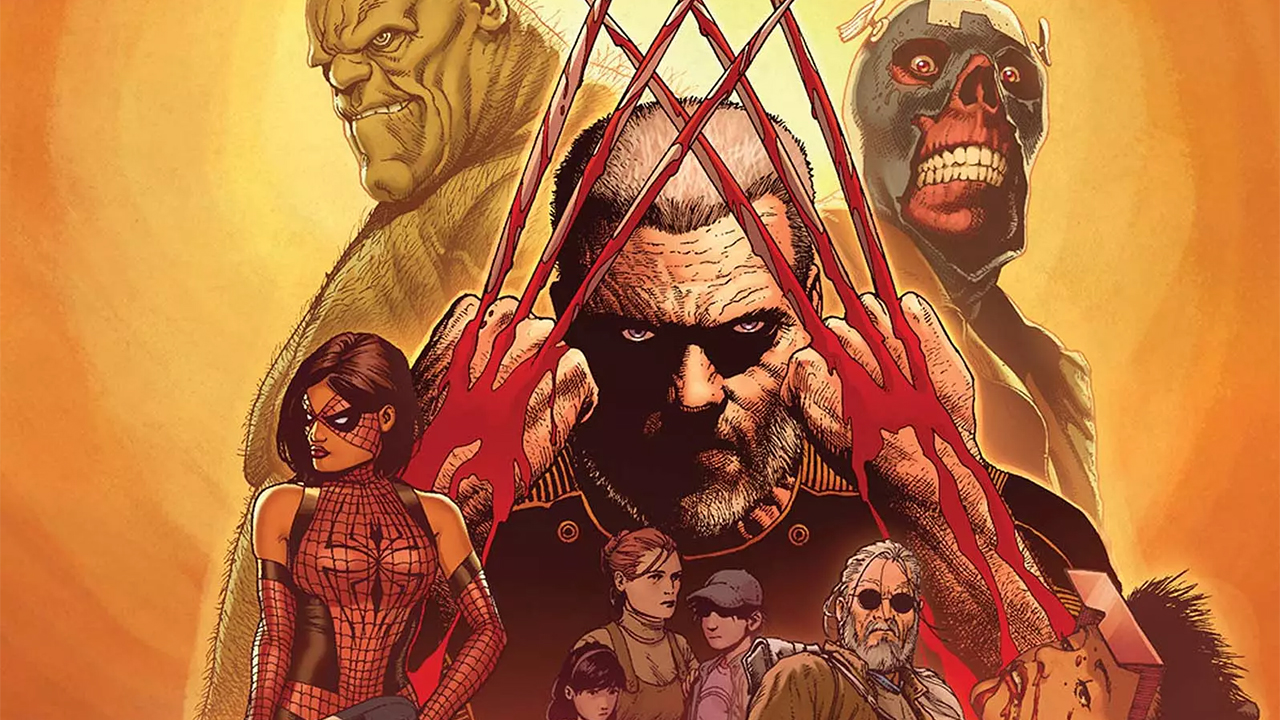
The world news may get stranger and seemingly more dire by the day, but the weird world of comic books has shown off countless futures where sci-fi disasters, maniacal supervillains, and cosmic calamities have left the Earth a wholly different place than the worlds our favorite superheroes usually inhabit.
As scary as the future may sometimes seem, most of us have the good fortune of never having to deal with mutant marauders, super-powerful good guys gone bad, or hordes of animals who walk upright and subjugate their human underlings.
With a bit of levity, here are ten of the darkest dystopian comic book futures of all time.
The Dark Knight Returns
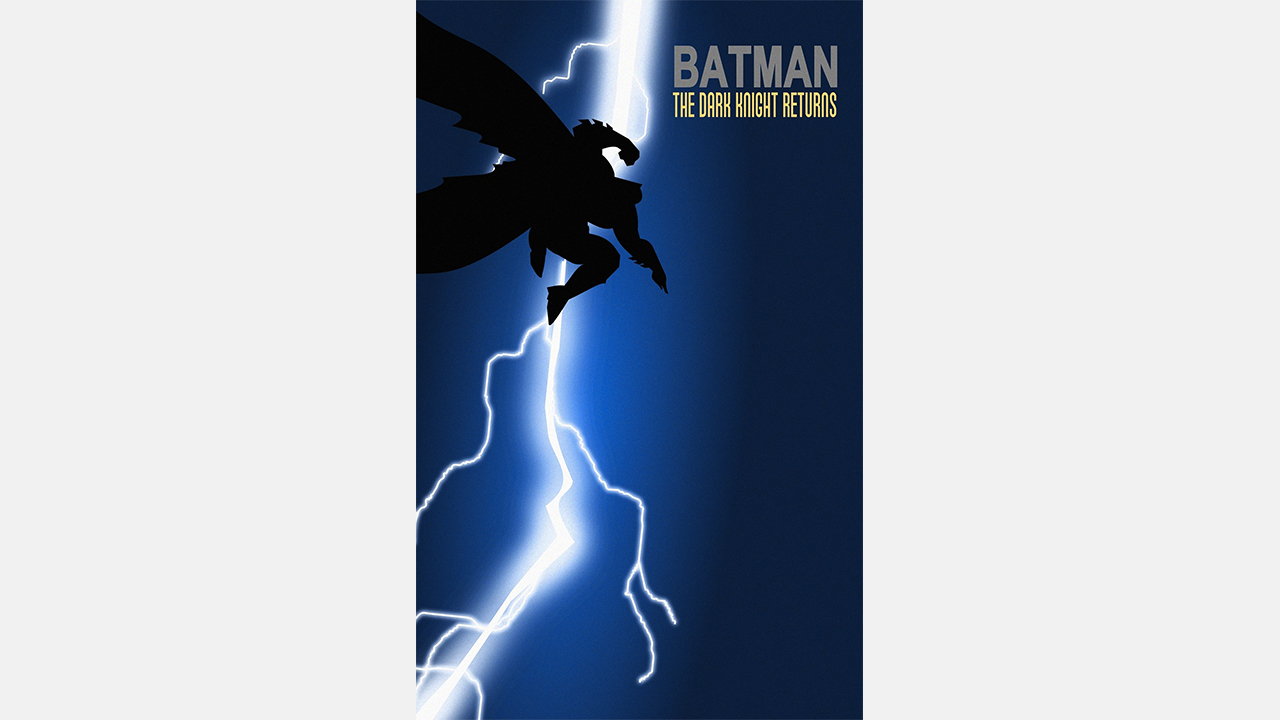
Set in an unspecified date in the then near-future of the late '80s, Frank Miller's Batman: The Dark Knight Returns paints a horrific picture of Gotham City falling back to old habits after Batman retires from active duty. Skinhead mutants abound, crime is at an all-time high and the police are only able to protect certain hamlets of the once-fabled Gotham City.
The broader world picture isn't much brighter, as the United States and Russia long-simmering Cold War is turning hotter every moment. And just when you think Batman's long-time counterpart Superman might save the day, he's been subverted to be in direct employ of the U.S. government — for good and for bad.
Though Bruce Wayne ultimately returns to the role of Batman (it's right there in the title), it's an uphill climb to achieve even a semblance of order in this horrific future. DKR (as it's affectionately called) has spun-off into an increasing number of tie-ins and sequels set in the dark world of Miller's vision.
Give Me Liberty
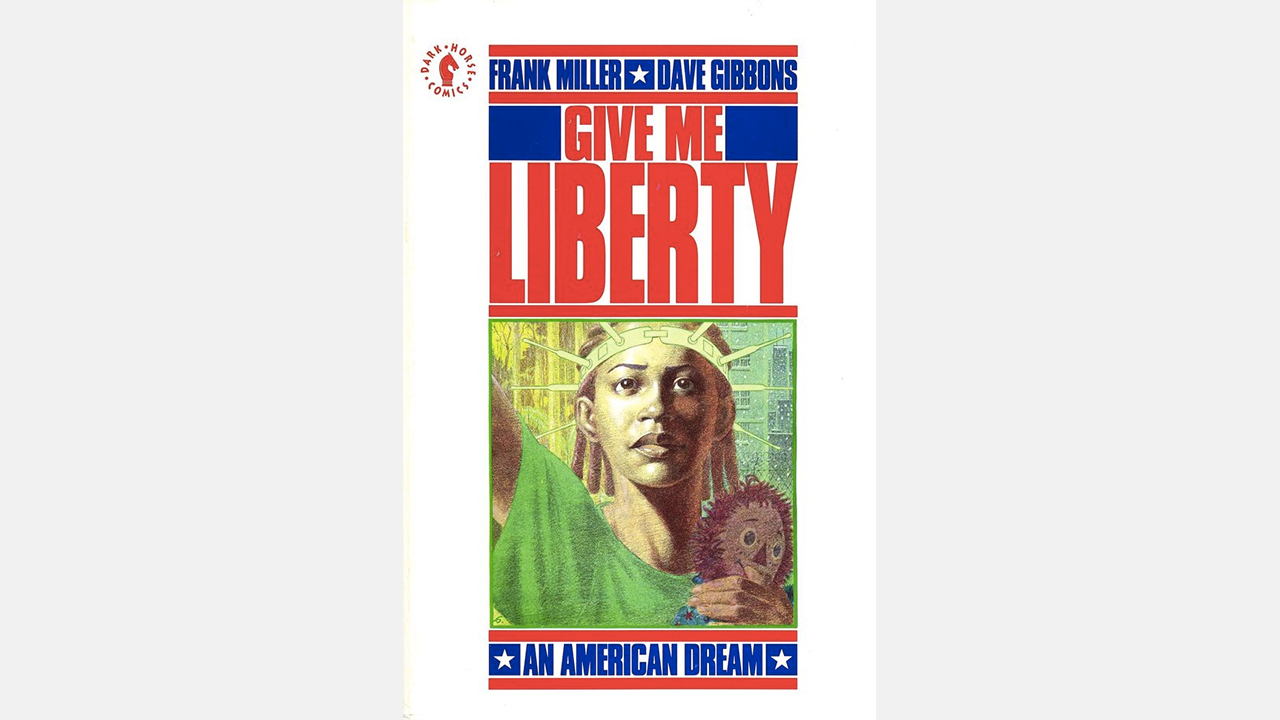
Launched in 1990 by Frank Miller (him again) and Dave Gibbons, Give Me Liberty follows a young girl named Martha Washington as she comes of age in a time where the United States goes through severe turmoil, with the Union fracturing and the dictatorial US president Erwin Rexall ruling with an iron fist.
Comic deals, prizes and latest news
Get the best comic news, insights, opinions, analysis and more!
We see everything from genetic-altering of children by the US government, wars over the Amazon rainforests, white supremacists with a satellite laser cannon, and an attack on the White House which leaves the lowly Secretary of Agriculture in charge of the government. Oh yeah, and don't forget the mad faction of the US government headed up by the Surgeon General.
Starting in the then-future of 1995 and jumping forward to its ultimate conclusion in 2012, the Give Me Liberty series paints a stark picture of the world falling into madness and briefly clawing its way out before tumbling back once again into something even darker.
Old Man Logan
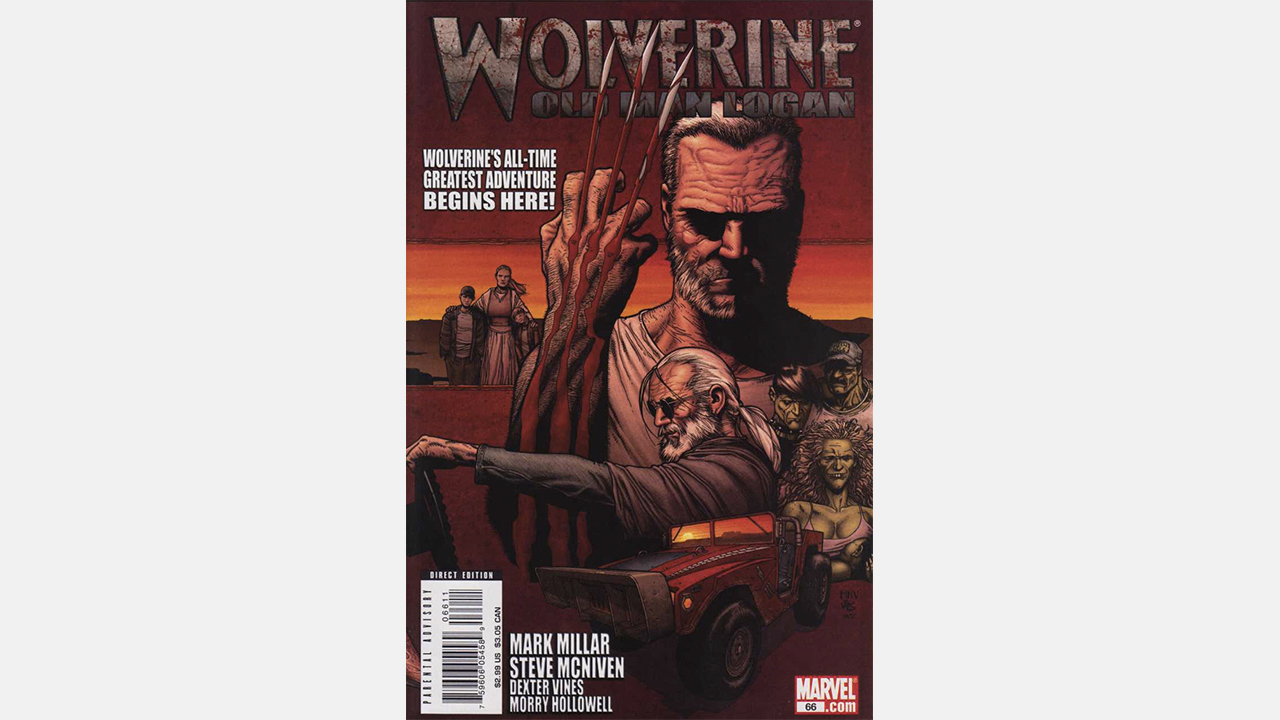
Marvel's Wolverine is like a force a nature in that he's never known how to stop when he has a mission. But in Mark Millar and Steve McNiven's 2008-09 run on Wolverine, that drive comes back to haunt Wolverine in the worst way when a group of villains trick him into murdering his own teammates, and sparking the descent of society into chaos.
Set 50 years in the future, the world of 'Old Man Logan' future sees the United States carved up into fiefdoms lorded over by villains such as the Abomination, Magneto, Dr. Doom, and Red Skull following Wolverine's betrayal. Heroes, by and large, have been eradicated, with the few survivors hiding away or in forced retirement like Logan. The sole remaining hero currently in action is the Hulk, but is a hero no more; instead, the Green Goliath is a brutal dictator and head of a family of in-bred Hulks who do his bidding.
Doesn't sound like a great place to live, whether you're a hero or an average human, huh?
The bleak world of 'Old Man Logan' lives on in sequels and spin-offs featuring versions of familiar characters from the story's time period, including the recent Avengers of the Wastelands limited series.
Ex-Mutants
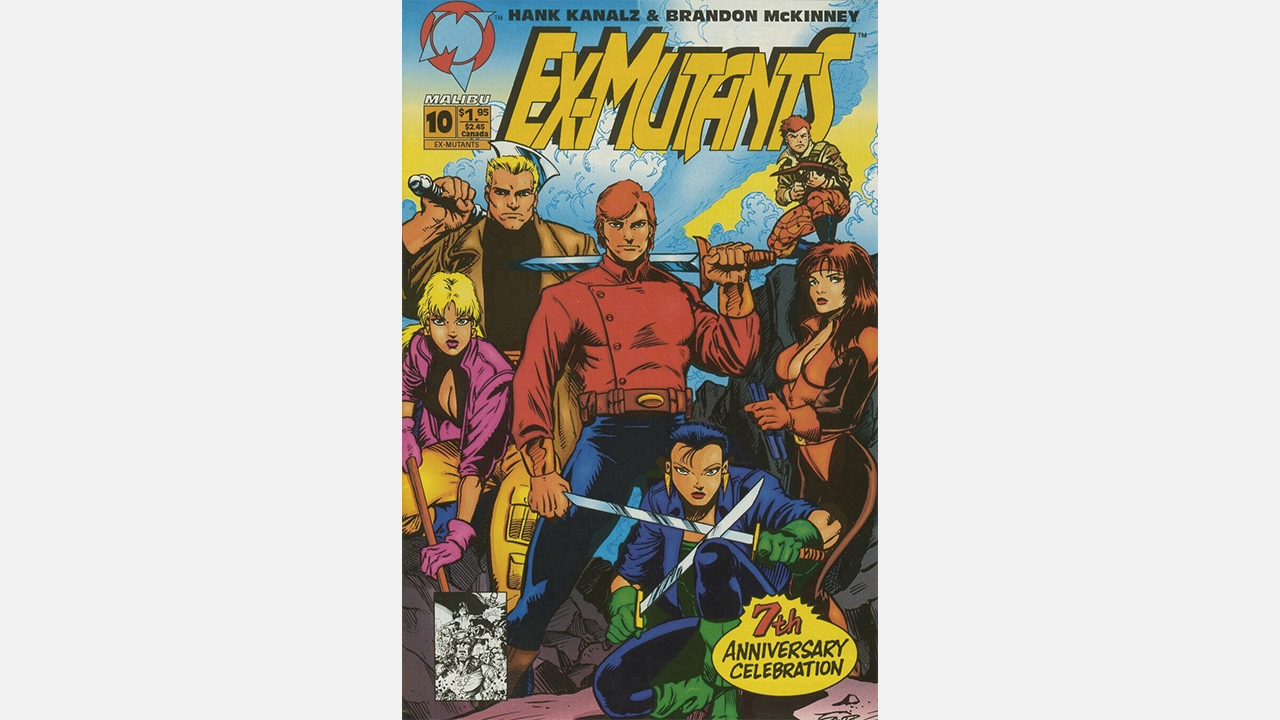
No, they're not the mutants you know from Marvel. Nor are they another in a long line of X-Men spin-off teams.
The Ex-Mutants were the stars of a long-running indie comic series that ran from 1986 to 1993, set in future where a full-scale nuclear war left the few survivors homeless and mutated by the radiation and toxins the war left behind.
'Ex-Mutants,' in the case of the series title, are a group of mutant teenagers who are genetically altered to revert back to their non-mutated forms and serve as Earth's last hope for getting civilization back on track.
Drawn expertly by a series of future superstars like Ron Lim, Rob Liefeld, and Paul Pelletier, the Ex-Mutants showed a stark future where humanity itself is nearly a thing of the past.
Empire
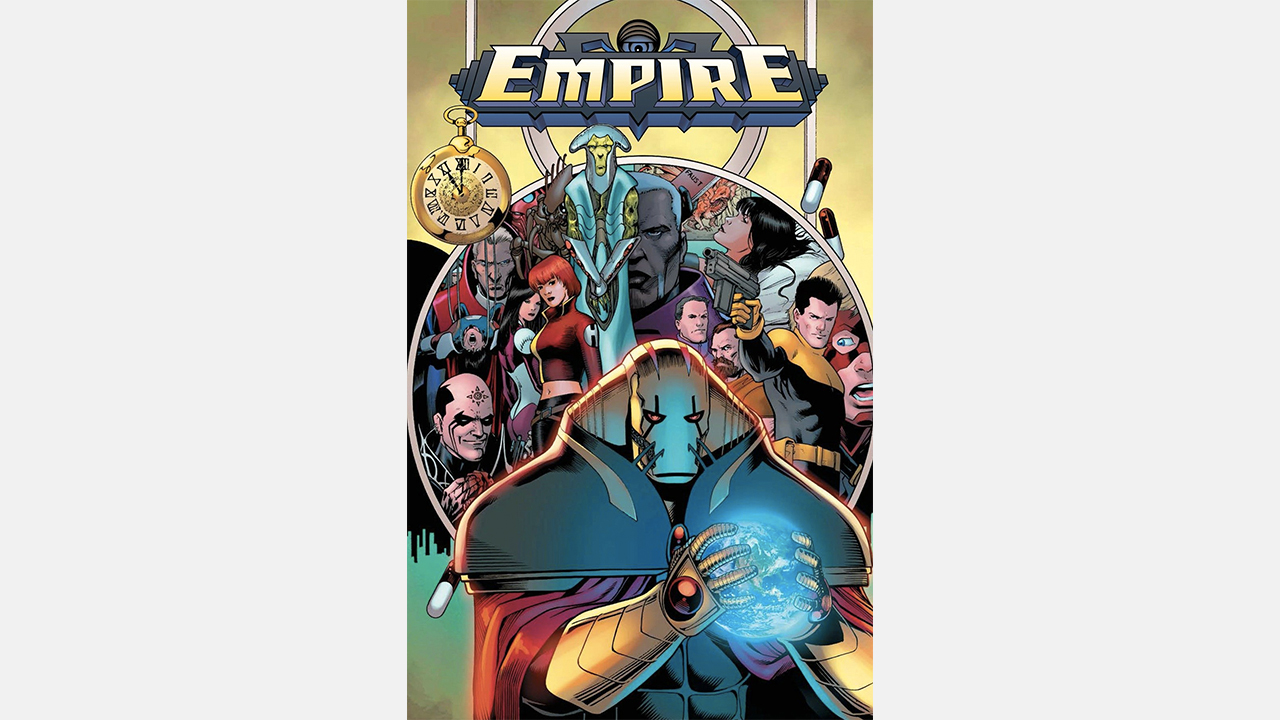
In Irredeemable, writer Mark Waid presented a vision of a world whose greatest hero turned bad. But years before, Waid tested the concept with an even darker concept — one where the world's greatest villain fully conquered the Earth.
In the early '00s limited series Empire by Waid and artist Barry Kitson, a domineering super-villain named Golgoth wins out over his Earth's heroes, and sits on his throne overseeing the entire world. To put it simply, Golgoth is a megalomaniacal villain along the lines Doctor Doom, Lex Luthor, and then some.
Assisted by a sinister cabinet of officials with titles such as Minister of Execution and Minister of War, Golgoth has Earth firmly within his grasp — much to humanity's discontent – maintaining order through the use of a highly addictive drug called Eucharist, which forces former adversaries and even allies to bend to his will.
Empire answers the age-old question of what happens when the superheroes don't win, and shows what happens when a supervillain at the top of his game still wants more.
Punisher: The End

What does the end of the Marvel Universe look like to Garth Ennis? Well, here is your answer.
In the great one-shot The Punisher: The End, Ennis and comics legend Richard Corben posit a future where the Punisher has come to the end of his rope — and Earth is dangling right along with him.
Punisher: The End opens in the aftermath of a nuclear disaster that caps off a bloody third World War, leaving most of the world's landscape barren and desolate.
By fate, Frank Castle's incarceration in prison proves to be his only saving grace — shielding him from the global nuclear war. After the carnage dies down, Castle begins a murky trek to find a rumored bomb shelter below the ashes of the World Trade Center that reportedly contains the last vestiges of humanity.
Wading through the wreckage of humanity and the ever-present radiation that will slowly kill him, Castle goes down a path in the style of The Road, on a mission to kill the people responsible for the sorry shape of his dystopian world.
X-Men: Days of Future Past
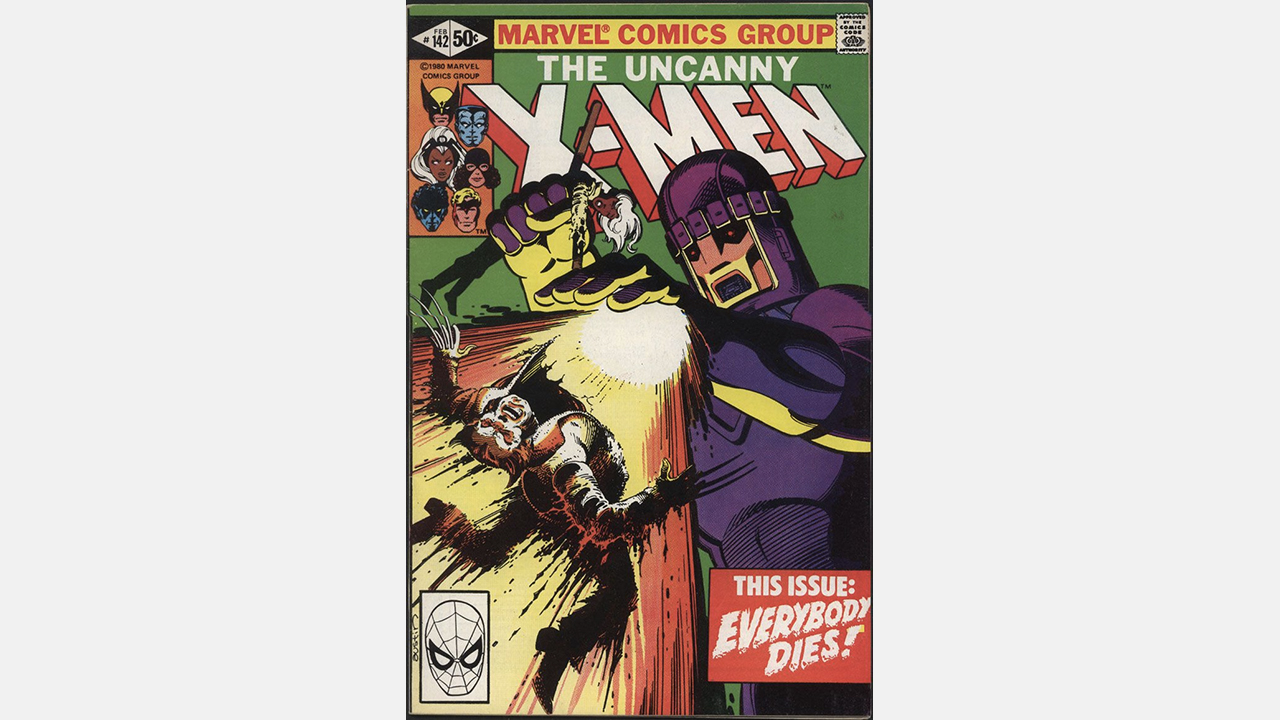
'Days of Future Past' wasn't the first time a comic series showed a dark future spinning out of current events, nor will it be the last. But this epic two-issue arc in Uncanny X-Men by Chris Claremont and John Byrne is the one by which all others have been measured since its 1981 publication.
In 'Days of Future Past,' a grown-up version of Kitty Pryde travels back from the future with a warning to the X-Men; the team is in the midst of time-altering event which could cast the future down a dark path — her past, their future – if the crisis is not averted.
In the adult Kitty's future timeline, the world has devolved into a global apartheid state where mutants are hunted, imprisoned, and killed for simply being born. A rag-tag group of former X-Men is all that's left, outnumbered and fighting for survival. Sentinels patrol the skies of America, responsible for the deaths of most of the original X-Men and the subjugation of many would-be mutant heroes.
Despite its dour look at the future, the world of 'Days of Future Past' proved to be popular with fans and subsequent writers for Marvel. The scenario has been adapted for use in three different Marvel animated series, and was the basis for the 2014 X-Men: Days Of Future Past movie.
Judge Dredd: City of the Damned
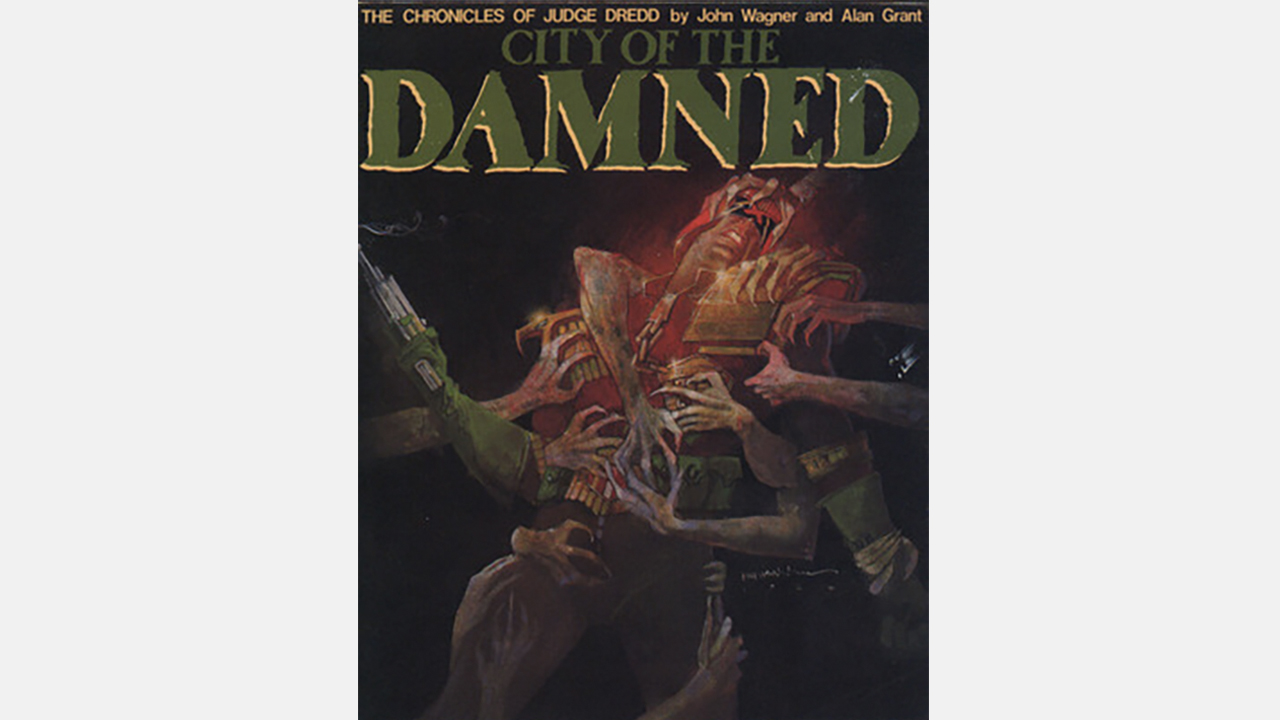
The apocalypse isn't confined to just America, folks. Just ask Judge Dredd.
The classic British hero has long lived in a murky future where his word is law, but in the 1984-85 2000AD arc 'City of the Damned,' Dredd lived through an even more dire future.
Thanks to the invention of a time machine dubbed Proteus, Dredd and Anderson are shot forward 12 years in Mega-City One's future to follow up on a prophecy that the city will be destroyed. When the duo arrives, they find the city already in ruins and the last survivors scared to even talk to them. And soon they find out why.
In this future, the remaining Judges of Mega-City One have been turned into vampires that feed on the scraps of humanity who are left. While they try to piece together what happened, Dredd is put face-to-face with an older, zombified version of himself.
Judge Dredd and Judge Anderson ultimately manage to beat back the threat that obliterated Mega-City One and make it back to their own time, but the memory of that potential future stays with Dredd and other judges as a warning of how bad things could be.
Killraven
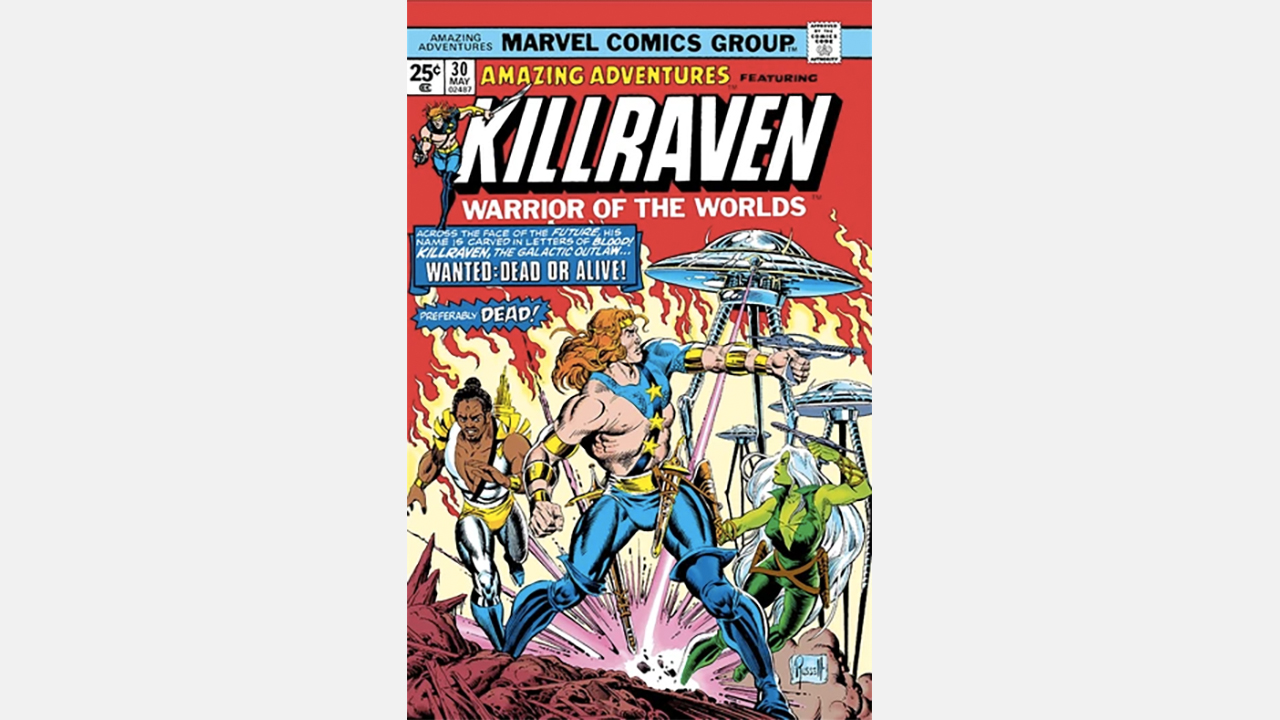
Remember War of The Worlds? Well, imagine if the Martians won.
That's exactly what happens in Marvel's '70s serial Killraven.
Created by longtime Avengers scribe Roy Thomas and comics powerhouse Neal Adams, Killraven showed humanity living under the thumb of Martian overlords and treated as slaves, entertainment, and in some cases food. Marvel's heroes are decimated, with the last surviving superhero, Spider-Man, killed in a flashback. With no heroes left, the titular hero Killraven, a veteran of the Martian gladiator pits, emerges as a revolutionary leader for his fellow humans.
Killraven and his fellow escapees venture across the American continent, seeing the remnants of civilization in New York, Florida, and elsewhere – all the while tailed by a cyborg bounty hunter, the Martian army, and turncoat members of their own species.
Besides worrying about these outside threats, Killraven's crew also has to deal with the unenviable task of finding basic needs like food and shelter in a world long-ravaged by the Martian invasion force – though in the end, they manage to turn this tactic against their oppressors, winning liberation by disrupting the Martian food supply.
Kamandi
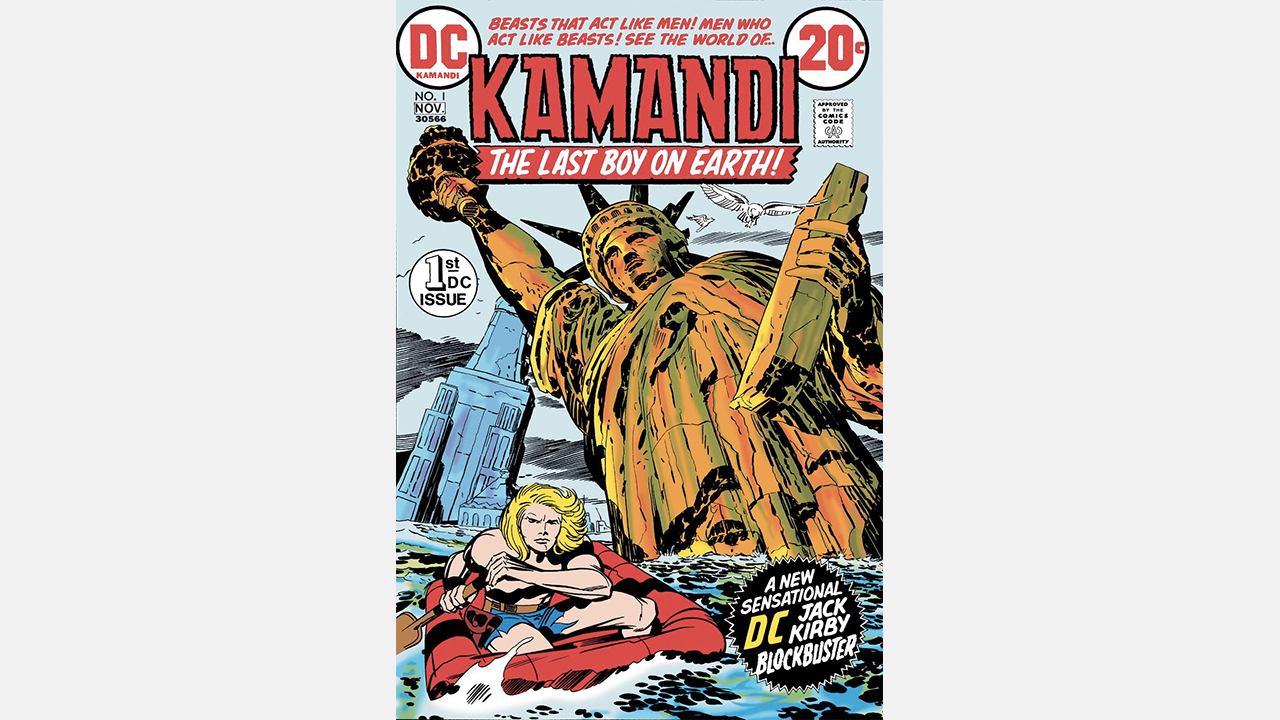
In a dark future where beasts act like men and men act like beasts, DC's Kamandi was a stunning look into an apocalyptic Earth as dreamt up by the legendary Jack Kirby.
In the '70s series, the world is razed by a mysterious event called the Great Disaster, which ravages everything on the Earth's surface. The events, although never specific, wipe out modern human civilization and most of the world's population, leaving only small groups of humans in remote corners of the world to survive.
With the fall of human civilization, an experimental drug called Cortexin causes many of the world's animals to mutate into humanoid creatures with the ability to walk, speak, and act just as good (or as bad) as their former human masters.
Like some sort of Planet of the Apes off-shoot where humanity is ruled by not just apes but all manner of wildlife, Kamandi shows a starkly different future for the DCU where humanity is forcibly dragged back to its stone age roots while also contending with mutated animals that are their equals, and in some cases their enemies.
Chris Arrant covered comic book news for Newsarama from 2003 to 2022 (and as editor/senior editor from 2015 to 2022) and has also written for USA Today, Life, Entertainment Weekly, Publisher's Weekly, Marvel Entertainment, TOKYOPOP, AdHouse Books, Cartoon Brew, Bleeding Cool, Comic Shop News, and CBR. He is the author of the book Modern: Masters Cliff Chiang, co-authored Art of Spider-Man Classic, and contributed to Dark Horse/Bedside Press' anthology Pros and (Comic) Cons. He has acted as a judge for the Will Eisner Comic Industry Awards, the Harvey Awards, and the Stan Lee Awards. Chris is a member of the American Library Association's Graphic Novel & Comics Round Table. (He/him)



